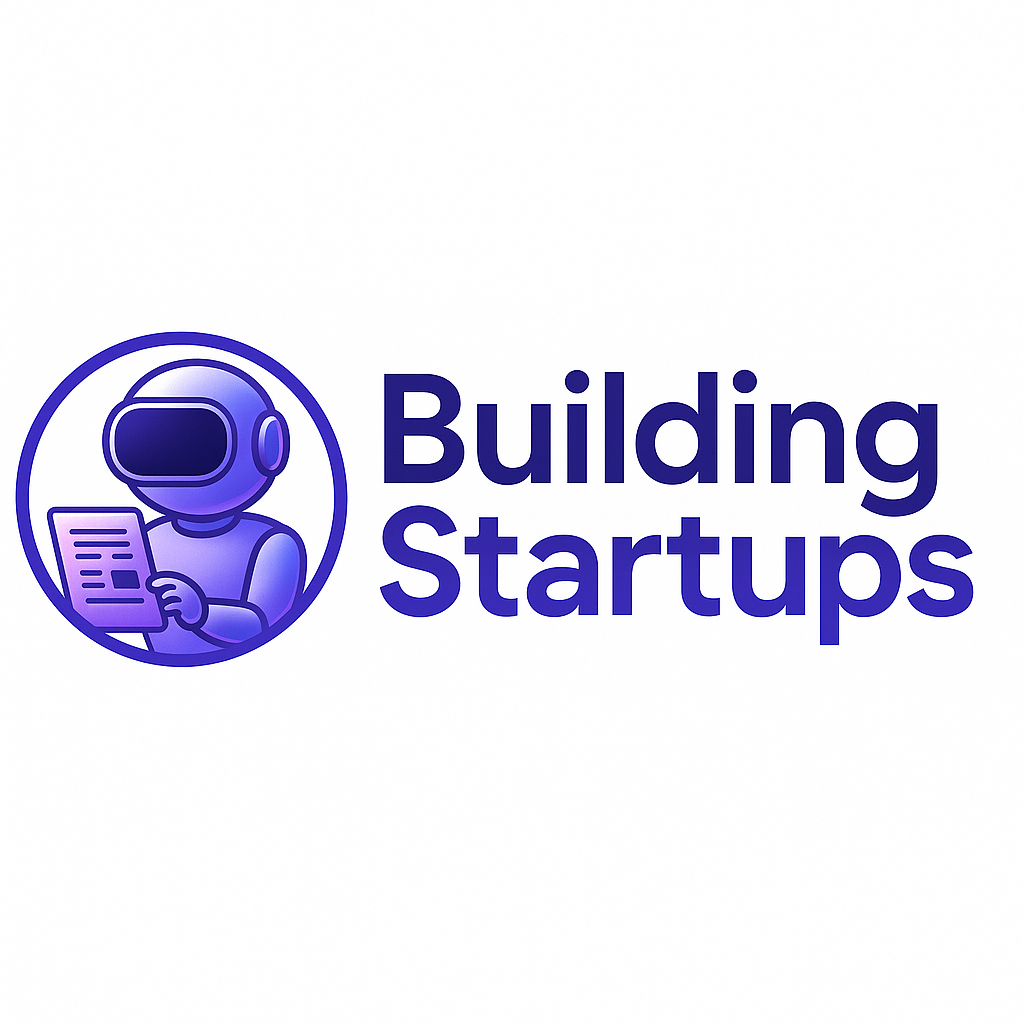Welcome
Hey there Early Stagers…
This week we dive into the 2 very important topics.
- A roadmap of what you need to do at every stage of your startup to help you gain clarity and focus.
- Funding. Specifically what types of funds are available for your startup.
Both are issues I’ve dealt with this week and I think that many founders can get a lot of benefit from them.
So take a zip of that coffee and let’s dive in…
Yours truly,
Avinoam
Never miss an update
Do you like what you read? Subscribe to our FREE weekly newsletter and join hundreds (soon we’ll get to thousands) of early stage founders just like you trying accelerate their PMF journey
Breaking Down the Early-Stage Journey

Every startup’s journey is different, but when you look at it from a 30,000 feet view, the differences are not that big. In fact, you can break the process of early-stage startup development into 4 common stages:
- Ideation
- Validation
- PMF Search
- Growth
Every early-stage startup must go through these stages and there are very specific milestones that a startup must accomplish to move on to the next one. Failing to achieve these milestones will not only hurt your fundraising chances, it will also dramatically increase your chances to fail.
To help you improve your chances of success, we’ve built a guide that can help you go through the stages with more confidence. The guide breaks down each stage to it’s core activities and connect it to funding and team size (which will change depending on your industry).
How to Fund My Startup

Rachel is an early stage startup founder. She has an amazing idea, a great team, and she did all the market research you can think of to validate her idea. She wants to start building a prototype and launch something. But she needs funding.
What can Rachel do?
When ever a similar story is told, most founders would immediately rush to tell her to talk to investors. It can be angel investors, FFF, or even an early stage VC. Maybe someone will shout use a SAFE in the background.
But did you know that there are other ways to fund your startup? Some of them don’t even require you to lose equity.
Because this is a topic that is not being talked about enough, we’ve summarized a few ways you can use to raise the capital you need to get the job done.

Sweat Equity
Rachel can offer someone to work for free now and get equity shares of the company. This is probably the most expensive form of payment as the person helping you takes a risk on you.

Credit Cards
This is a very approachable type of funds and can be used as an easy way to fund your startup needs.

Debt
This is another common way to get funding. You can ask a bank to lend you money (would probably be a personal loan as banks typically do not lend to startup). Some investors would also offer debt financing instead of equity. The problem is that you have to pay that money back, with interest…

Convertible Debt
SAFEs and CLA are another debt tools you can use (most common for early rounds). These are debt agreements that can be converted into equity in a future date and eliminate the need to repay the debt.
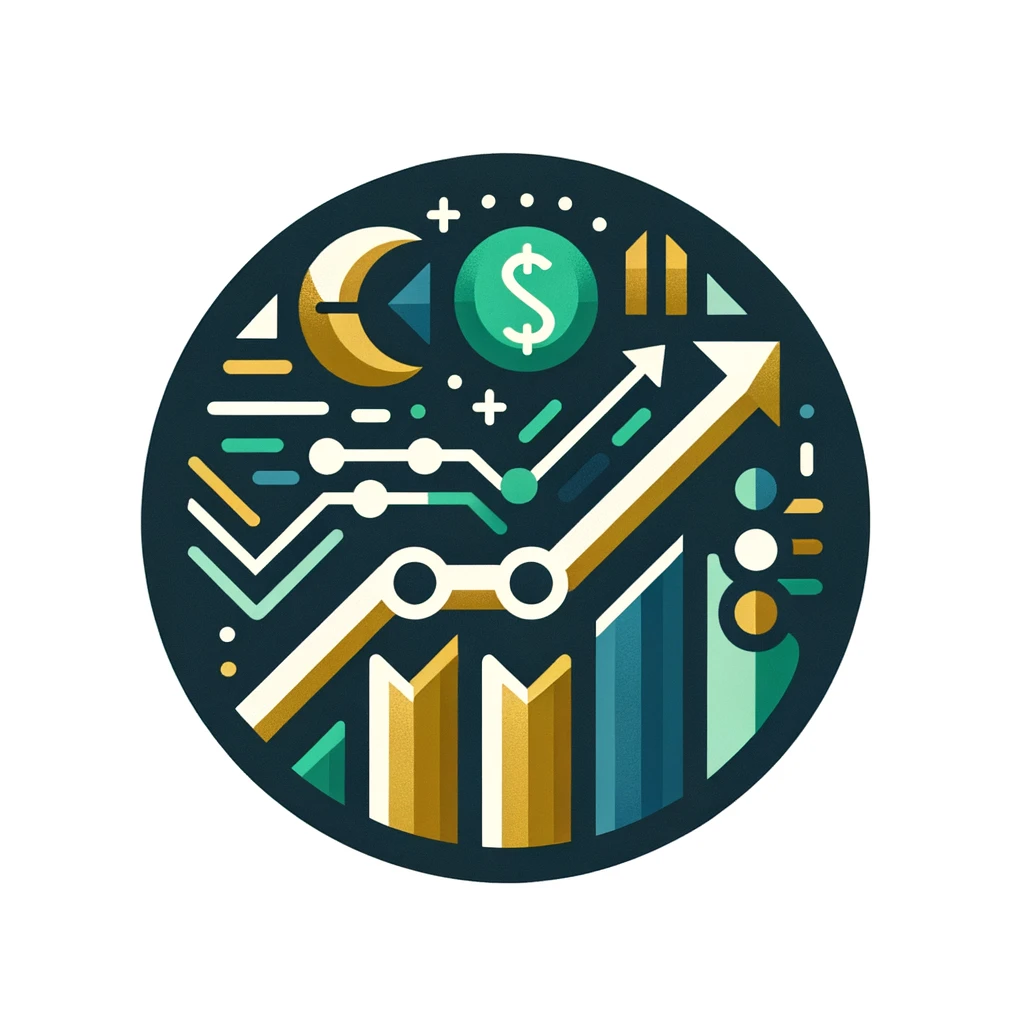
Equity Financing
This is your usual startup investor, giving you money for equity in the startup.
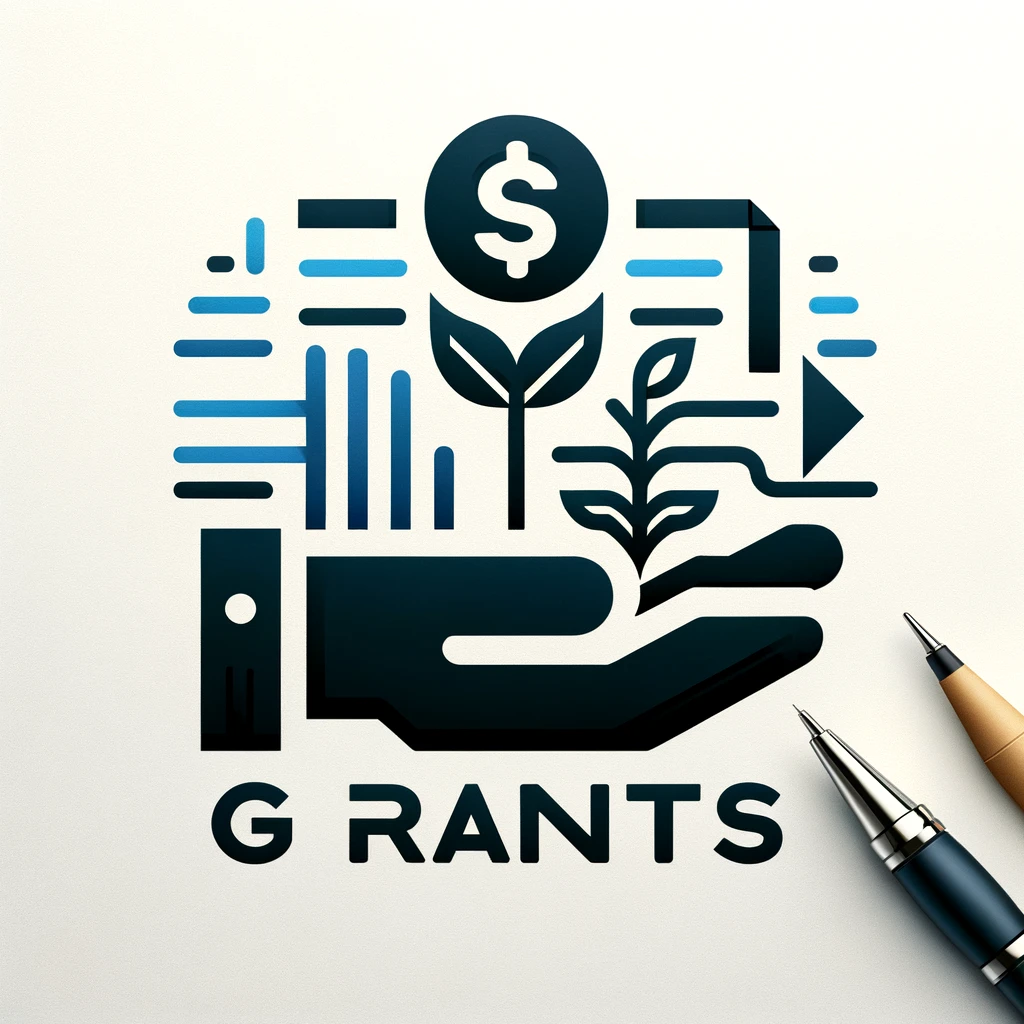
Grants
Getting a grant might be the best type of financing since you typically don’t have to give it back. The downside is that it comes with a strict application process and may impose some restrictions on your startup

Competitions and Prizes
A great way to get a lot of publicity and funding is winning in a startup competition. The problem is that you have to win, which distract you from developing your startup for a while and you have to beat other startups.

Crowd Sourcing
a great way to do market validation and funding is to run a crowd sourcing campaign. The people engaging in these campaigns understand that they will only get their product later and serve as a great community of supporters to bounce idea and perform validations. The downside is that you need to go through a platform to overcome the need of accreditation for your investors and it might create a problematic cap table moving forward. There are 2 types of crowd sourcing platforms.
- Equity sourcing – where people contribute money for ownership
- Pre-Sales – where people show support through pre-purchasing your product.
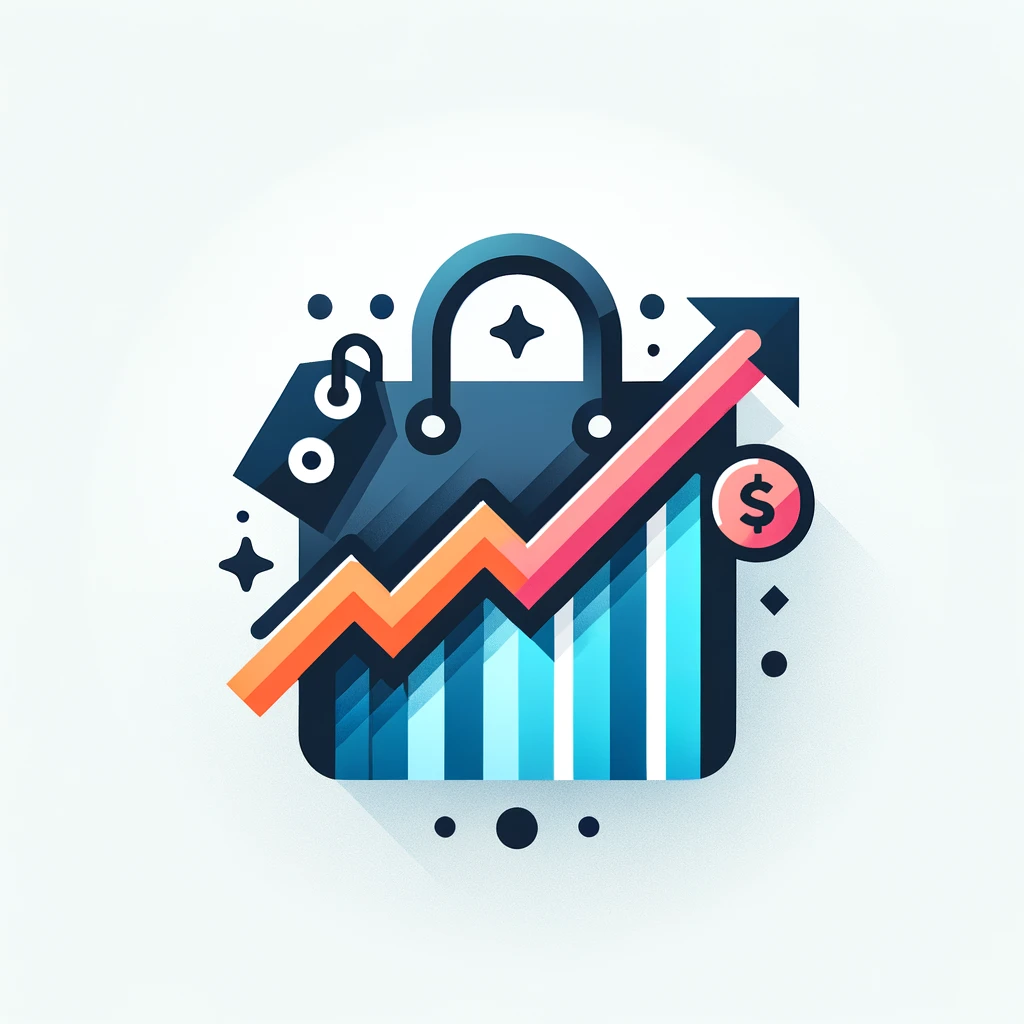
Sales
I saved the best for last…
Many founders forget that your customers has your money. If you are able to generate sales you get money., traction and validation all rolled up into one. It’s the money with the most benefit to your startup.
Never miss an update
Do you like what you read? Subscribe to our FREE weekly newsletter and join hundreds (soon we’ll get to thousands) of early stage founders just like you trying accelerate their PMF journey
LinkedIn Treasure Trove
Every day I go to LinkedIn and collect insightful posts that I think can help you build a better startup. Here are the ones I collected recently

Ever wondered what makes a VC take a first meeting? NfX were kind enough to share their process.

Cognitive biases are small irrational behavior we all do. Mastering them can help you sell more. Here’s how

Your first sales person is going to be… YOU. Founders should always be their startup first sales people. Here’s a guide to help you become one
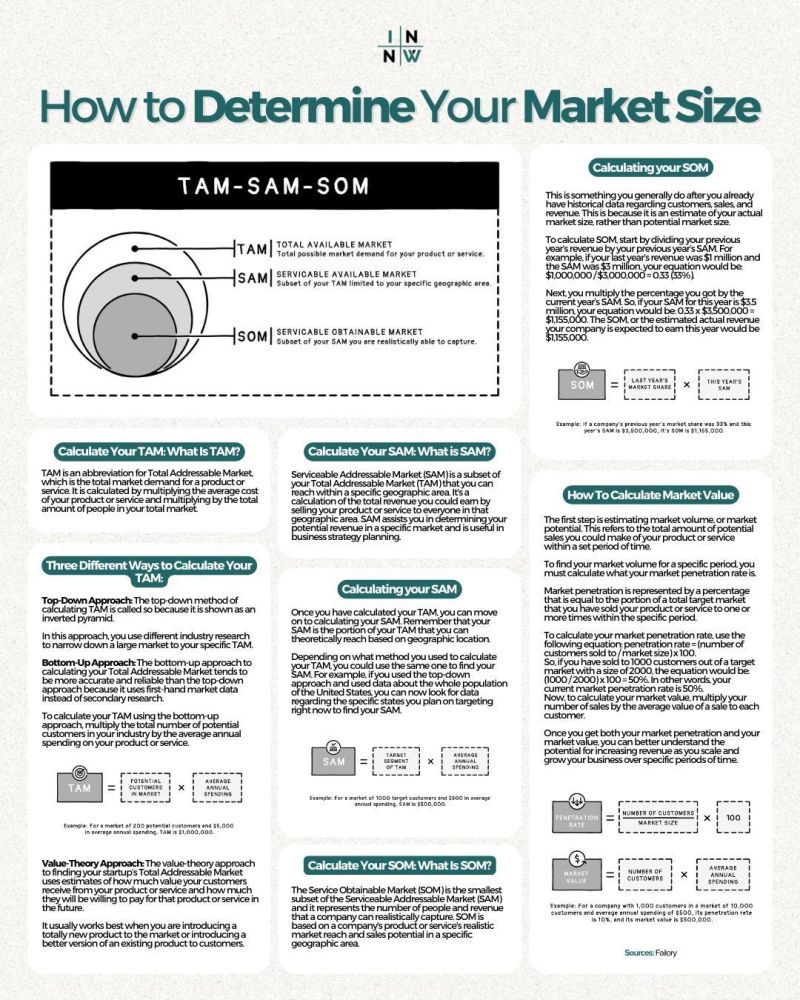
Market size is THE slide I see founders get wrong. Here’s a quick guide on how to do it right.
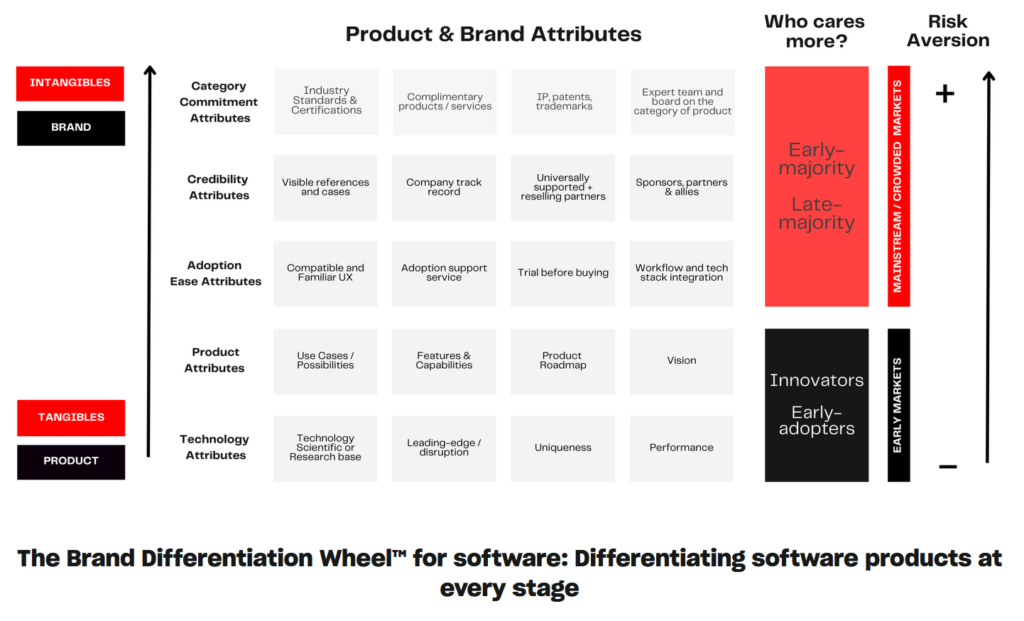
I’ve been using the whole product framework a lot in my work without even knowing about it’s extended version. This one is not on LinkedIn but I found the person who introduced me to this so I’m still going to count it here. It’s a great guide on how to use the whole product framework for differentiation.
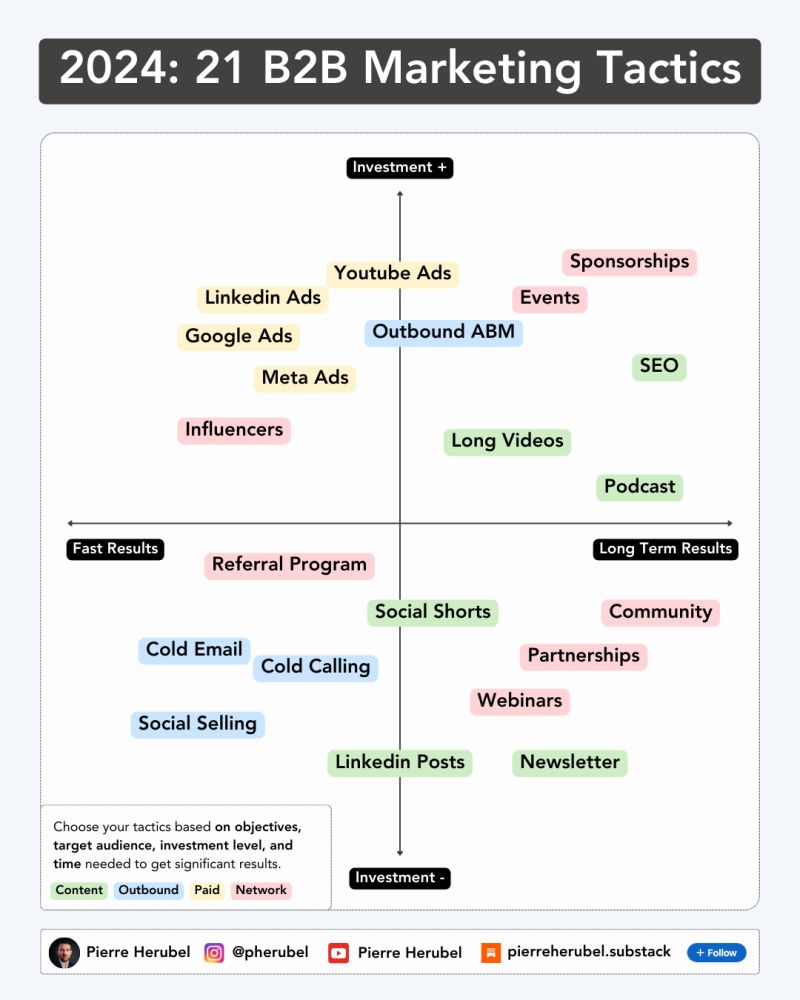
Here are 21 B2B marketing tactics you can use. I’m putting it here so you’d have a reference where you can open your mind to what is available for your marketing.
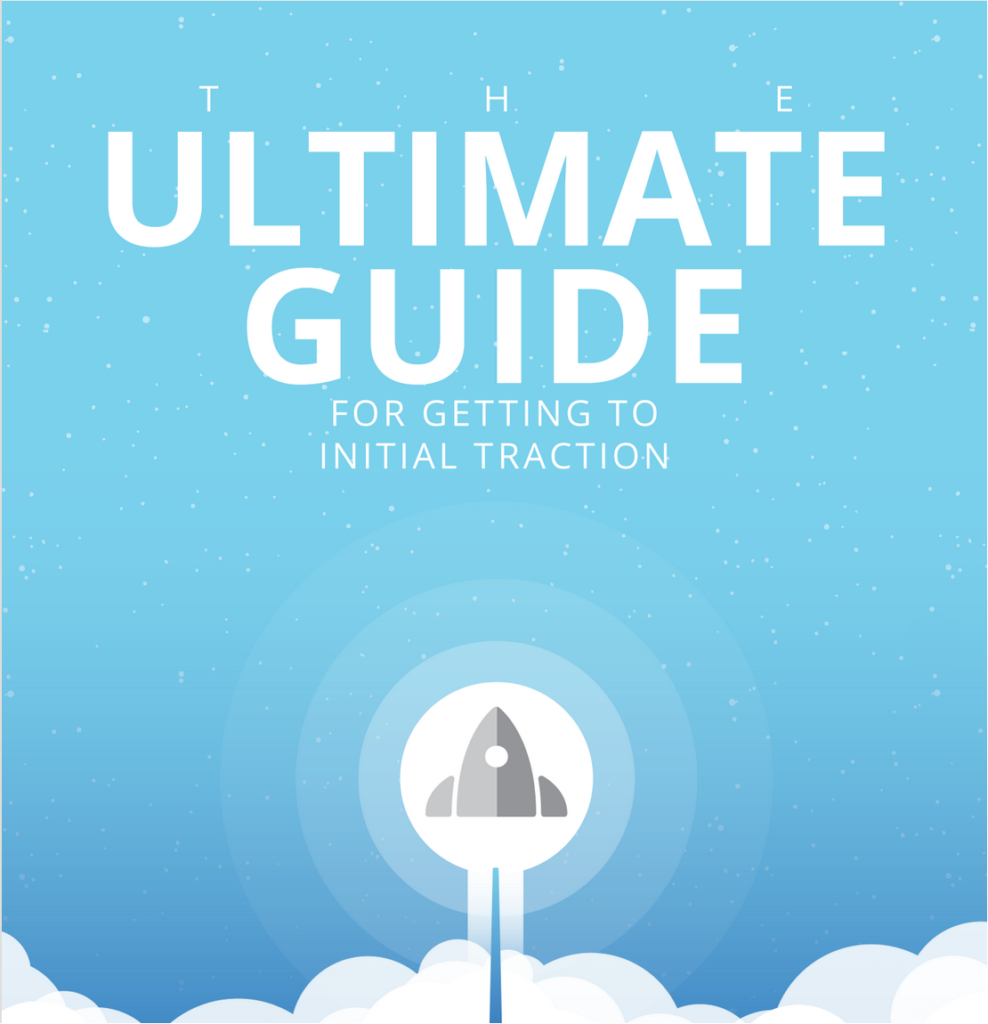
The hardest part of any startup is to get that initial traction. Here’s a great guide to get that part done.
